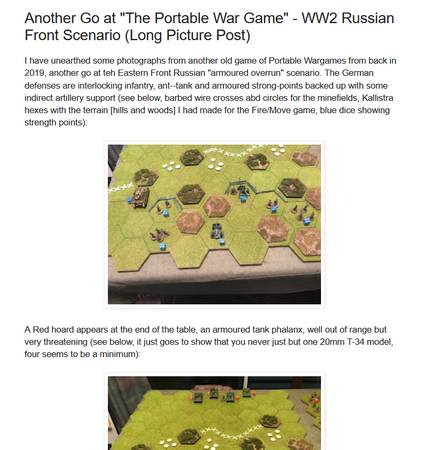
Mediterranean 1942-43
80 pages. Bibliography, unit organizations, index.
This book in the Combat series contrasts two rival airborne forces which came into conflict in the middle years of WWII. The book is well illustrated with artwork, period photos, and battlemaps.
The six-page introduction mentions the fighting at Primasole Bridge in Sicily, then looks back at how German and British airborne forces had developed. Maps of Tunisia and Sicily show key locations involving airborne forces.
The Opposing Sides (19 pages) alternates between German and British airborne forces as it explains how the infantry were organized, recruited, equipped and trained, and how they functioned on the battlefield. Four plates depict two soldiers, January 1943 in Tunisia, front and back views, identifying uniform details and equipment.
The next three chapters each examine a battle, explaining how the airborne infantry performed:
- Pont du Fahs, Depienne and Oudna, 29 November to 4 December 1942
- First British airborne operation in North Africa to result in combat. British force was tasked to drop and seize an airfield, march to seize a second airfield, then be relieved by advancing forces. The first airfield turned out to be abandoned, the second airfield was too distant to be taken, and the relieving forces did not break through, forcing the British airborne to withdraw to friendly lines. German airborne forces, functioning as light infantry, engaged the Brits. Includes 'split-screen soldier's view' of the fighting at Cactus Farm. 16 pages.
- Green Hill, 5 January 1943
- British airborne, now operating as light infantry, are tasked to seize two hilltops in Tunisia held by German airborne (also functioning as light infantry). Mistakes result in a single British company with little preparation assaulting two entrenched German companies with plentiful machineguns in a night attack.
- Primosole Bridge, 13-17 July 1943
- British airborne are assigned to drop and seize a key bridge in Sicily until armored forces advance. Meanwhile, the Germans are using their airborne forces as a strategic reserve, and fly them into Sicily to hold the same bridge (but they do not make a combat drop). Includes two-page art of British at the bridge. 20 pages.
The final chapter, Analysis & Conclusion, discusses how the rival airborne forces regarded each other, then summarizes lessons both sides learned from the engagements covered in the previous chapters.
This book is written by someone who knows what he is talking about, with excellent coverage of British topics, and coverage of German topics in somewhat less detail. The author makes the case that the Germans were an elite force, but recovering from losses on Crete; the British forces had less experience and did not have the same access to prime manpower, so were not as elite but in the process of developing a unique identity.
While the three battles showcase occasions when the rival airborne forces fought one another, it is not quite an apples-to-apples comparison. The British airborne force was still in its infancy, and after the failure at Pont du Fahs, Depienne and Oudna, they would be relegated to a light infantry role at Green Hill; then used again as airborne at Primosole Bridge. The German airborne force, meanwhile, was no longer functioning as tactically airborne – rather, they were strategically airmobile light infantry, a force that could be rapidly deployed to hot spots as needed.
Wargamers looking for battles to bring to the tabletop have some interesting choices here.
The Pont du Fahs, Depienne and Oudna operation was an over-ambitious operation plagued by faulty intelligence and lack of support; the Brits did a lot of marching and skirmishing, but the only 'battle' would be Cactus Farm, where you would need special rules for Brits low on ammo and Germans seemingly reluctant to attack.
Green Hill was another 'comedy of errors' operation in which a key British commander missed the briefings, and significant forces were left idle. The terrain is challenging to model unless limited to the hill crests, and the fields of fire of the different bunkers would be key to the fighting. Alternately, gamers could try a 'what if' with available but unused forces.
Primasole Bridge, on the other hand, is a classic engagement that has often been represented on the tabletop. The overall battle could be gamed, or the specific engagements at the bridge and south of the bridge could be focused on.
For all of the battles, the book provides useful maps, but further research would be needed to flesh out the OOBs.
One oddity is that the front cover art is a composite of artwork inside the book, such that the German soldier seems to be floating over a giant fellow soldier! The German's face is tinged brown, without explanation – camo? desert tan?
I found this book to be an excellent reference on the rival airborne forces in the Mediterranean theater. Highly recommended.








